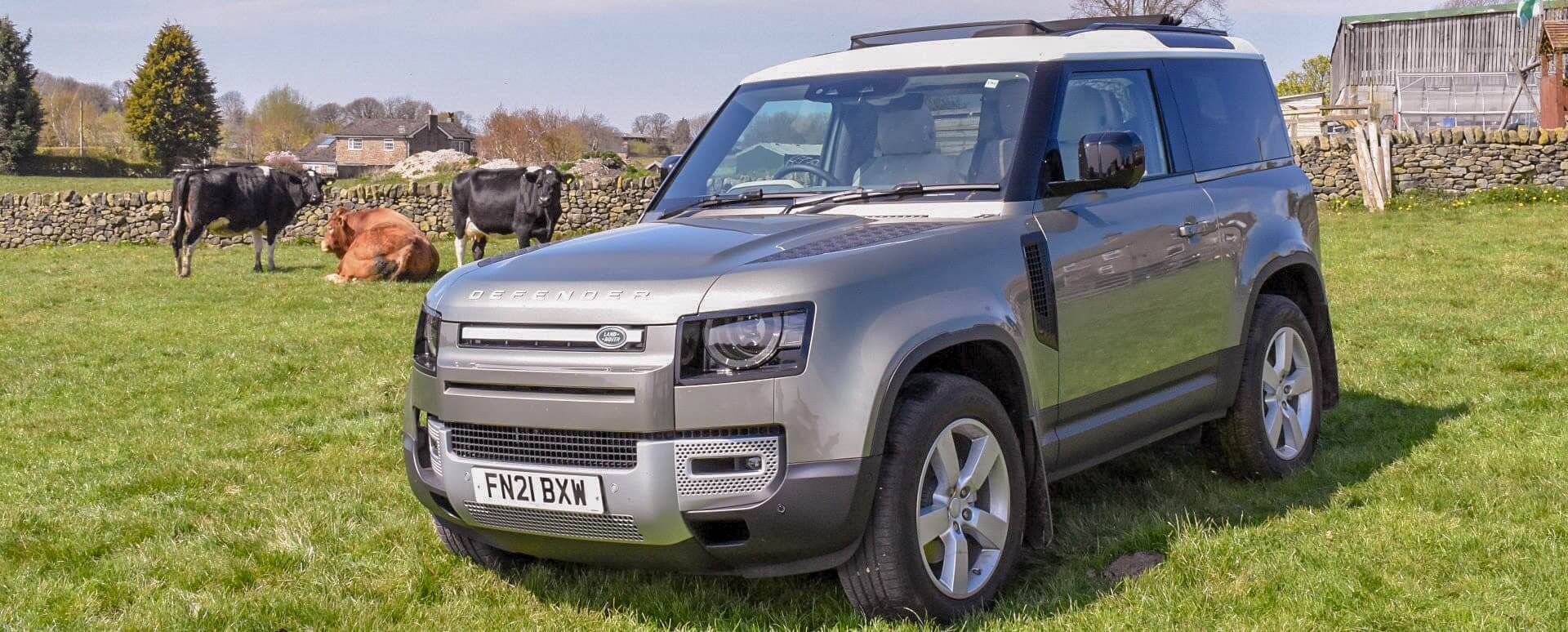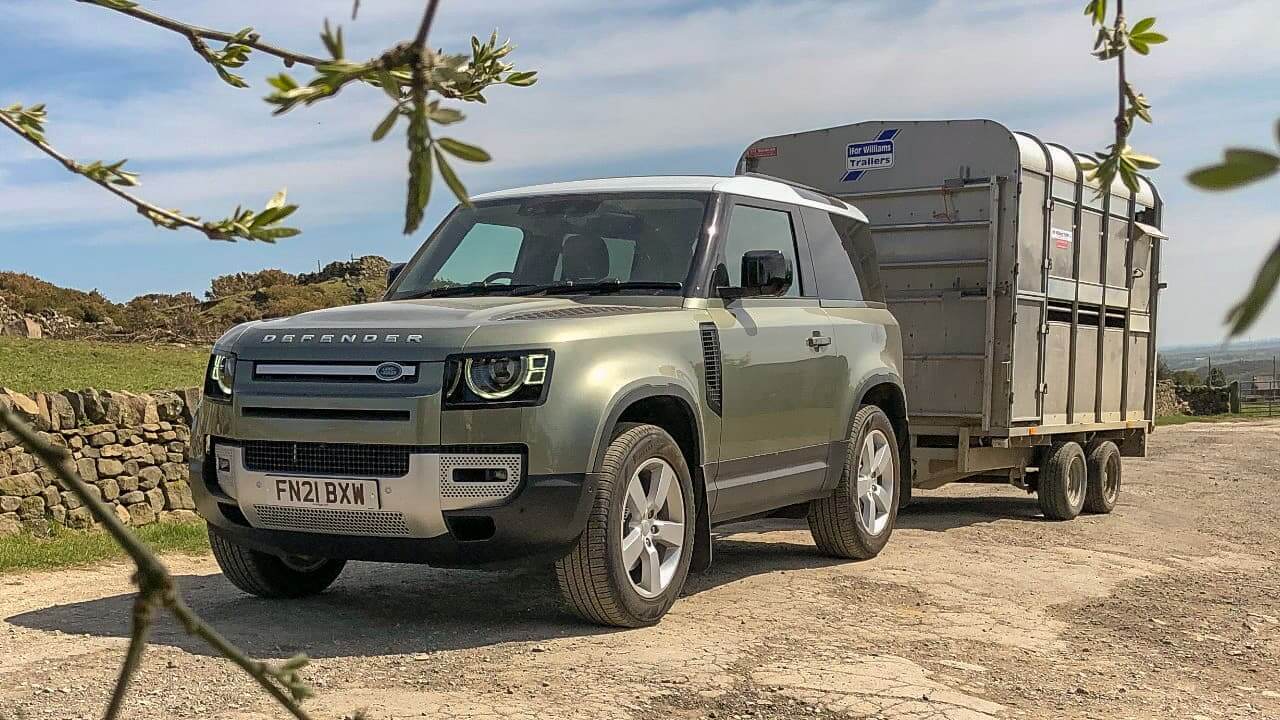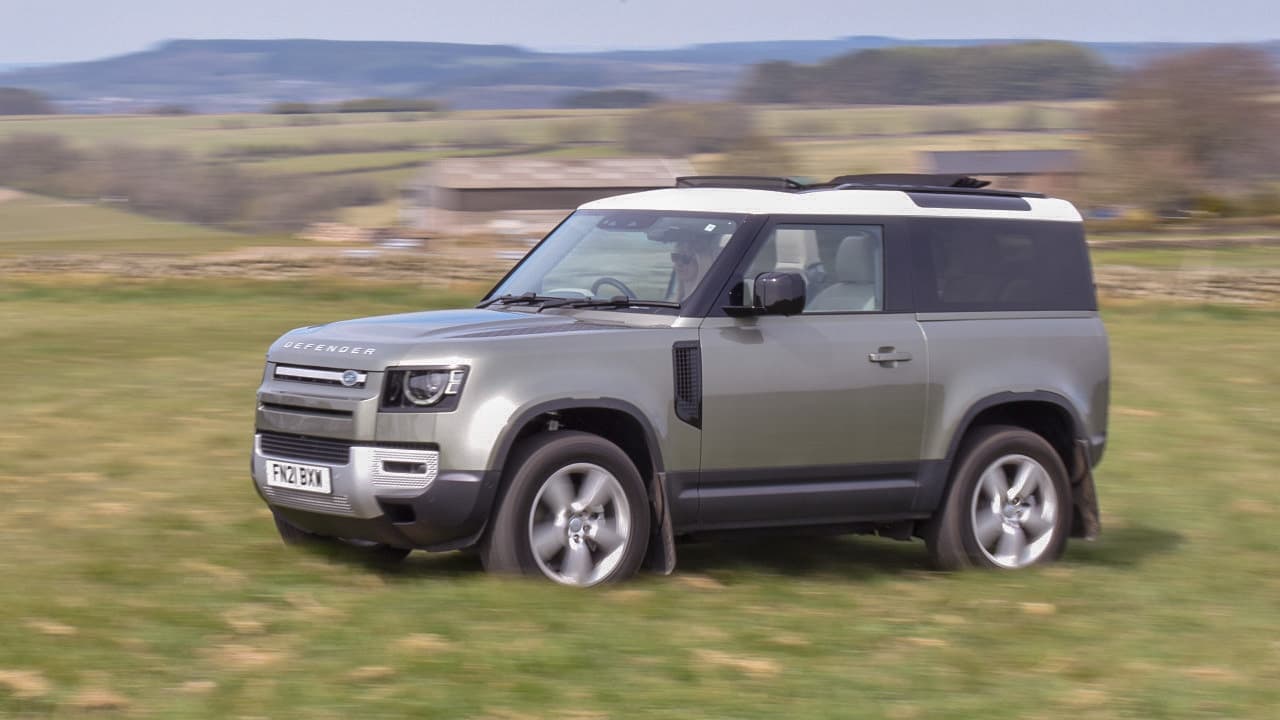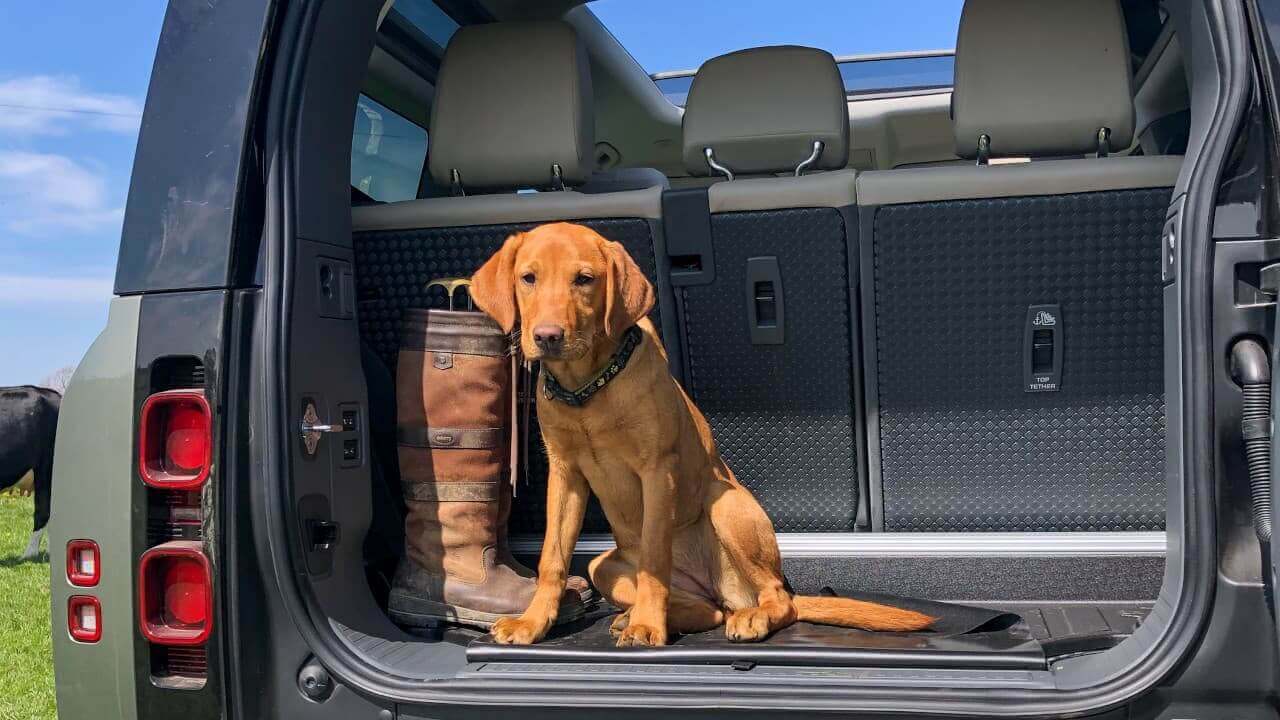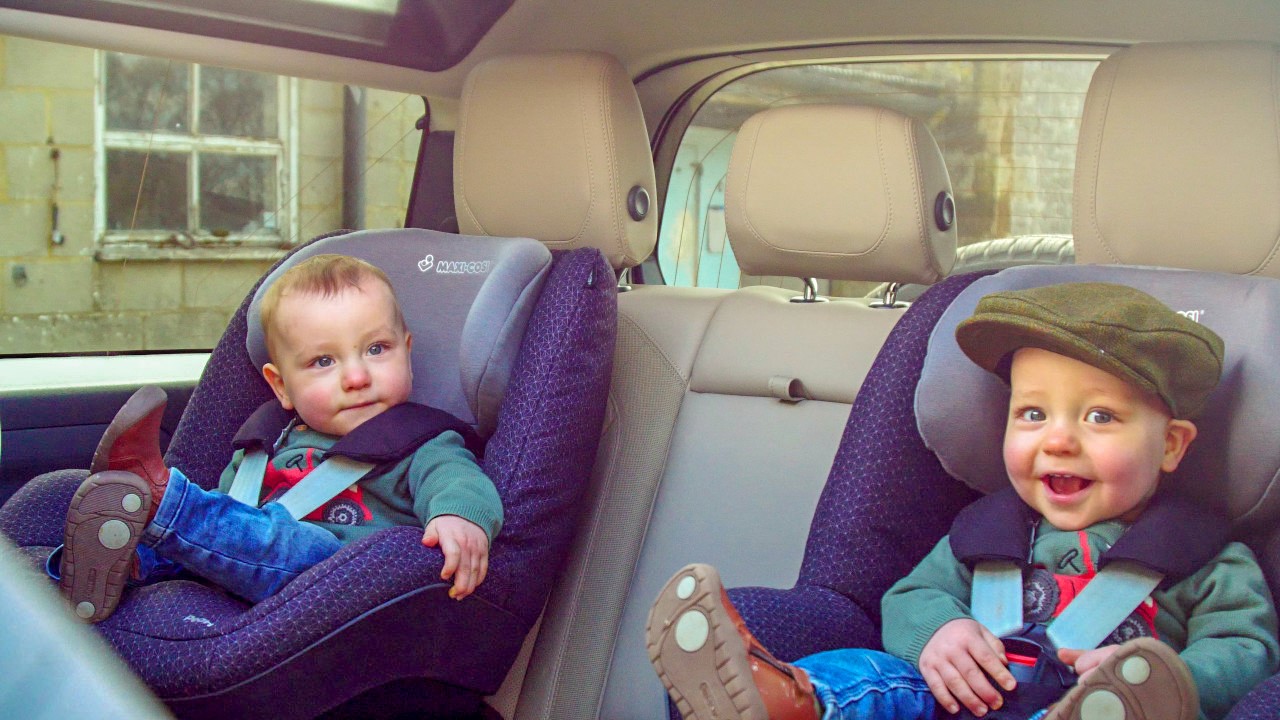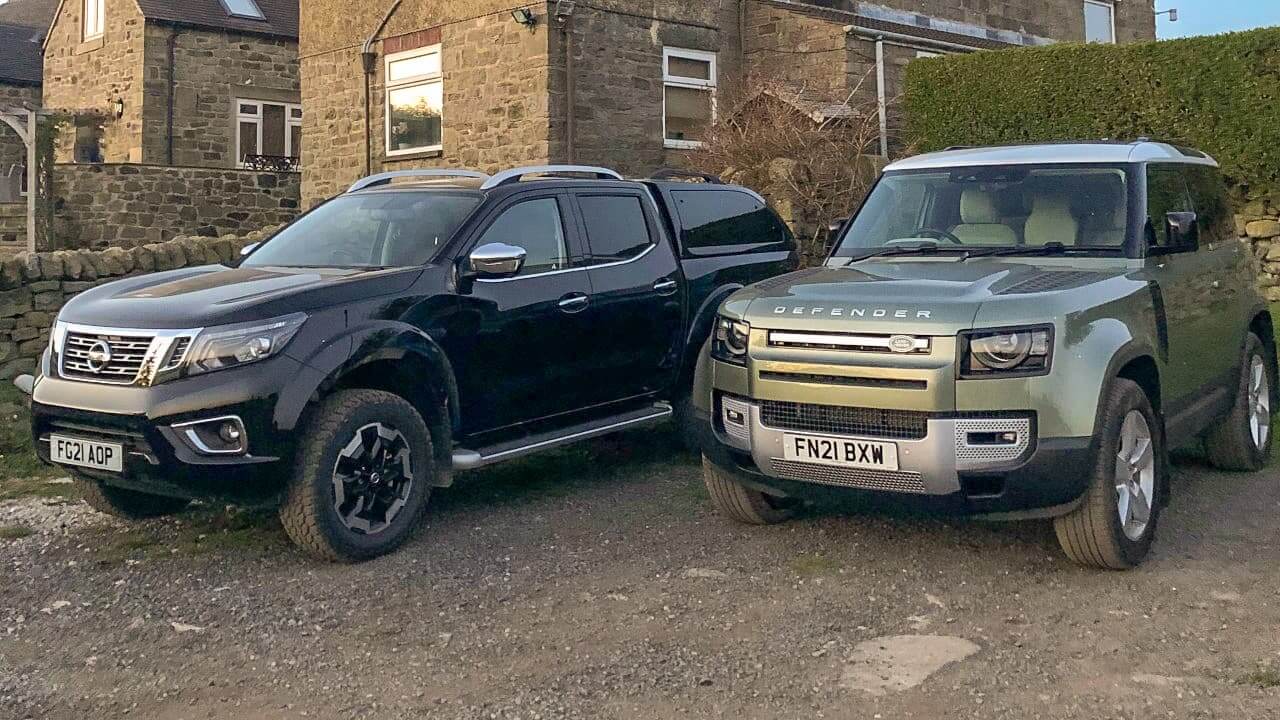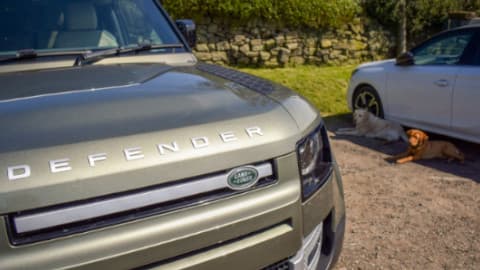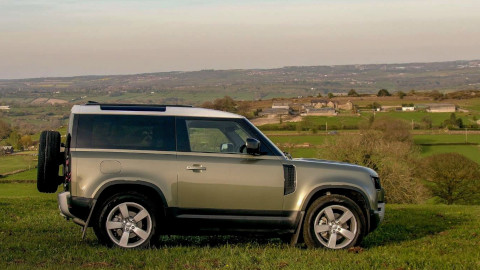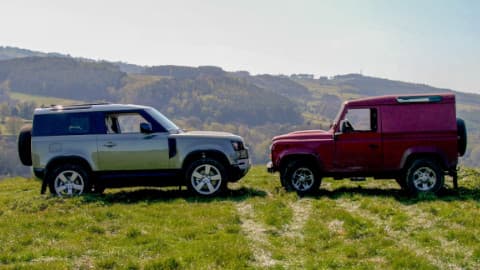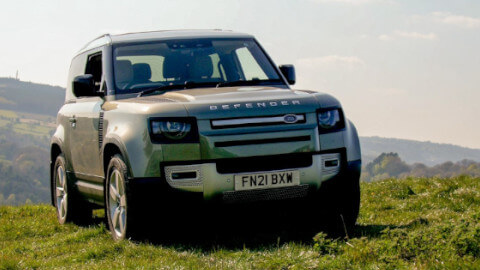Living on a Farm with the new Land Rover Defender
20th Sep 2021
Living on a Farm
Dividing the nation, especially the rural farming community, the new Land Rover Defender is far from a minor facelift.
If you step foot on a farm, you are sure to see tractors, machinery and livestock but it is highly likely you will spot a good old Defender that sadly went out of production in 2016. These dependable vehicles lived up to their name as a true all-rounder, capable of tackling any terrain or towing heavy loads.
Following the launch of the reimagined Defender, the difference between the versions was a hot topic with debates on whether or not the new Defender could live up to the standards set by its predecessor, now we have put it to the ultimate test on a busy Derbyshire dairy farm.
Towing
Towing is one of the most important jobs when it comes to a suitable farm vehicle. Yes, tractors are perfectly capable of towing just about anything, however, it always comes in handy to have a car, van or pick-up truck that has the ability to tow up to 3,500kg.
This towing capacity allows farmers to tow livestock, which is a necessity in their occupation. It is a 30-mile round trip if cattle need to be taken to market for this Derbyshire farmer, which is much more pleasant, (and quicker) in a car than in a tractor.
Modern technology that features in the Defender's interior makes attaching the cattle box much simpler. In this particular version (2021 Defender 90 D250 First Edition) you get an electronically deployable tow bar, which you can action from within the cabin. Once the tow bar is deployed, the reversing camera makes attaching the trailer nice and simple.
Off-Roading
When you have acres of land to manage with livestock grazing you need a vehicle that can be taken off-road and that can handle slippery, muddy and hilly terrain with ease.
Checking on herds and flocks is no problem for the new Defender, that is not only capable of being driven on challenging surfaces, but is actually able to do most of the work for the driver thanks to modern technology.
Utilising an 8-speed automatic transmission, the iconic 4x4 can decide whether to lock or unlock the differential without the driver's input. If you select auto terrain response, the car will calculate the best settings, based on the conditions, and prevent wheelspin using its stability control.
Focusing on the modern technology that features in the new Defender, you also get ClearSight Ground View, which is fantastic for when you are off-roading. Displaying a clear view of the front underside of the vehicle on the 10-inch central touchscreen, drivers can assess where is best to place the vehicle's wheels.
Load Area
Filling the boot of a farm vehicle with hay bales, bags of corn or even livestock is standard procedure for a farmer. In this particular 90 model of the Defender, you would struggle to pack it full with farm paraphernalia, however, you could opt for the 110 or either the 90 or 110 Hard Top Commercial versions to gain extra cargo area.
Durable and flexible, the load area of the commercial versions of the Defender provides 1,355 litres in the 90 and 2,059 litres in the 110. The area is fitted with rubber floor coverings, lashing points, hooks, lockable underfloor storage and a full bulkhead partition (great for stopping livestock joining you in the cabin).
Just like its predecessor, the rear tailgate is side-hinged with an externally-mounted spare wheel attached.
Family Life
A huge positive with the new Land Rover Defender is that although it is well suited to the tough life of being a farm vehicle, it is equally as well suited to being a family vehicle.
If you go for the standard 110 Defender model, you could have a boot full of farming goods as well as the children safely seated in the rear of the spacious car. As pictured, it is possible to fit child seats in the rear of the 90 but this was made much easier with the folding fabric roof open. However, in the 5-door versions you will be able to secure the seats with ease. Both the 90 and 110 have ISOFIX points on the outer rear seats.
Wherever you are heading on a family outing, the experience is enjoyable in the Defender. The children love being able to admire the birds in the sky when the folding fabric roof is opened, parents can appreciate the comfortable heated front seats and there is plenty of space to even seat a 6ft tall person in the rear.
Running Costs
We could not write a blog about a car being suitable for life on a farm without discussing running costs. If you ever chat to a farmer, you will soon be on to the subject of miles per gallon and the price of fuel - it is almost guaranteed.
Most farmers will be inclined to choose a diesel version of the Defender, which ultimately leaves them with the choice of three 3.0-litre diesel engines producing 197, 247 or 296bhp. There may be a few used examples on the market with a 2.0-litre 4-cylinder engine, however, these models were dropped from production in late 2020.
Choosing a diesel engine will see a return of around 30mpg (WLTP), which is on par with, if not better than, the majority of pick-up trucks.
Is the new Land Rover suitable for life on a farm?
Thanks to there being two different bodystyles; the 90 and 110, as well as the options of the Hard Top Commercial models there is a Defender to suit any farmer's lifestyle.
Drivers can enjoy the luxury and comfort the large SUV delivers in day-to-day life as well as the unrivalled capability the workhorse offers when it comes to off-roading and pulling power.
Arrange a test drive at your nearest Stratstone Land Rover retailer to fully understand and appreciate the upmarket yet robust vehicle.

